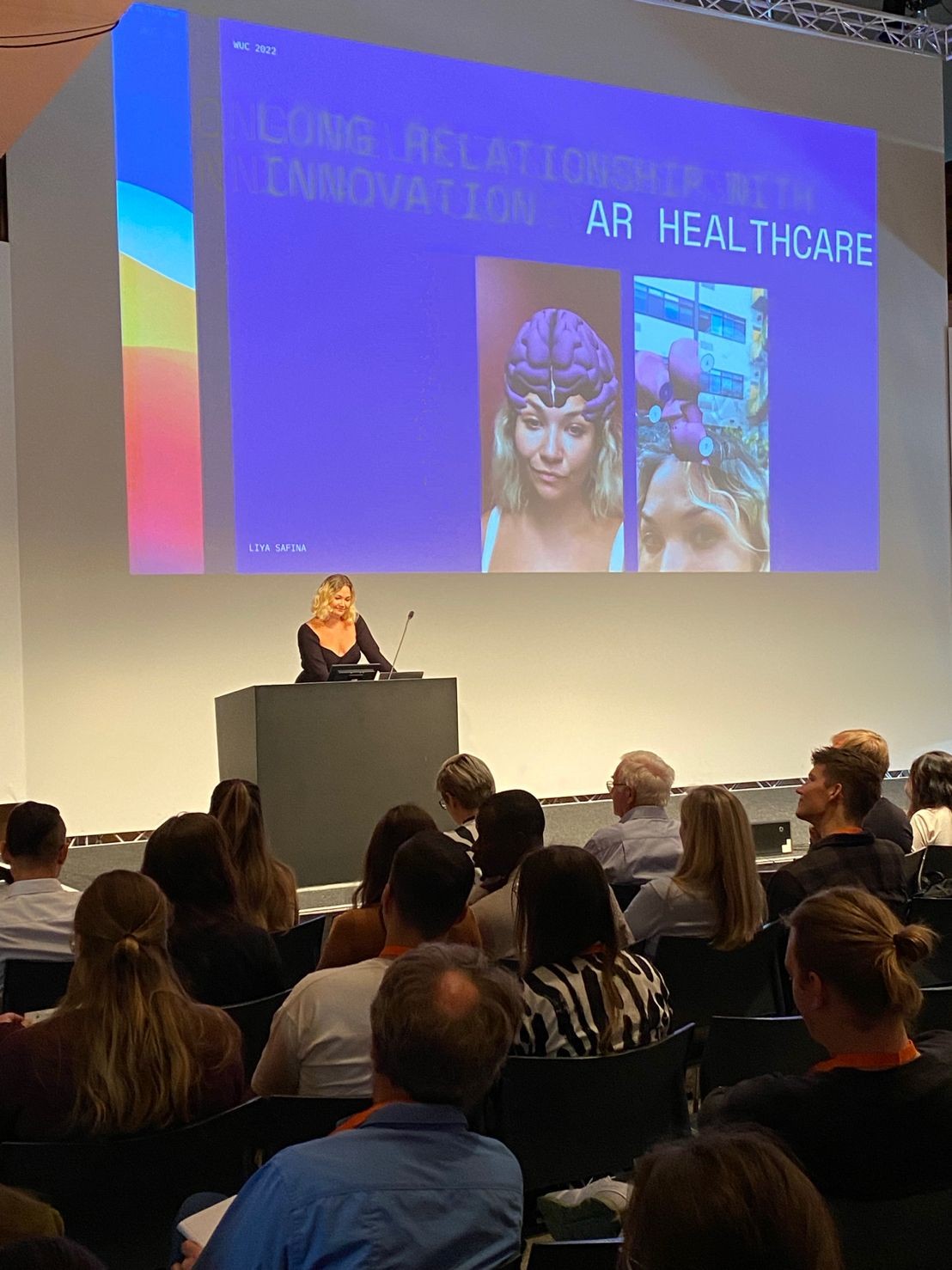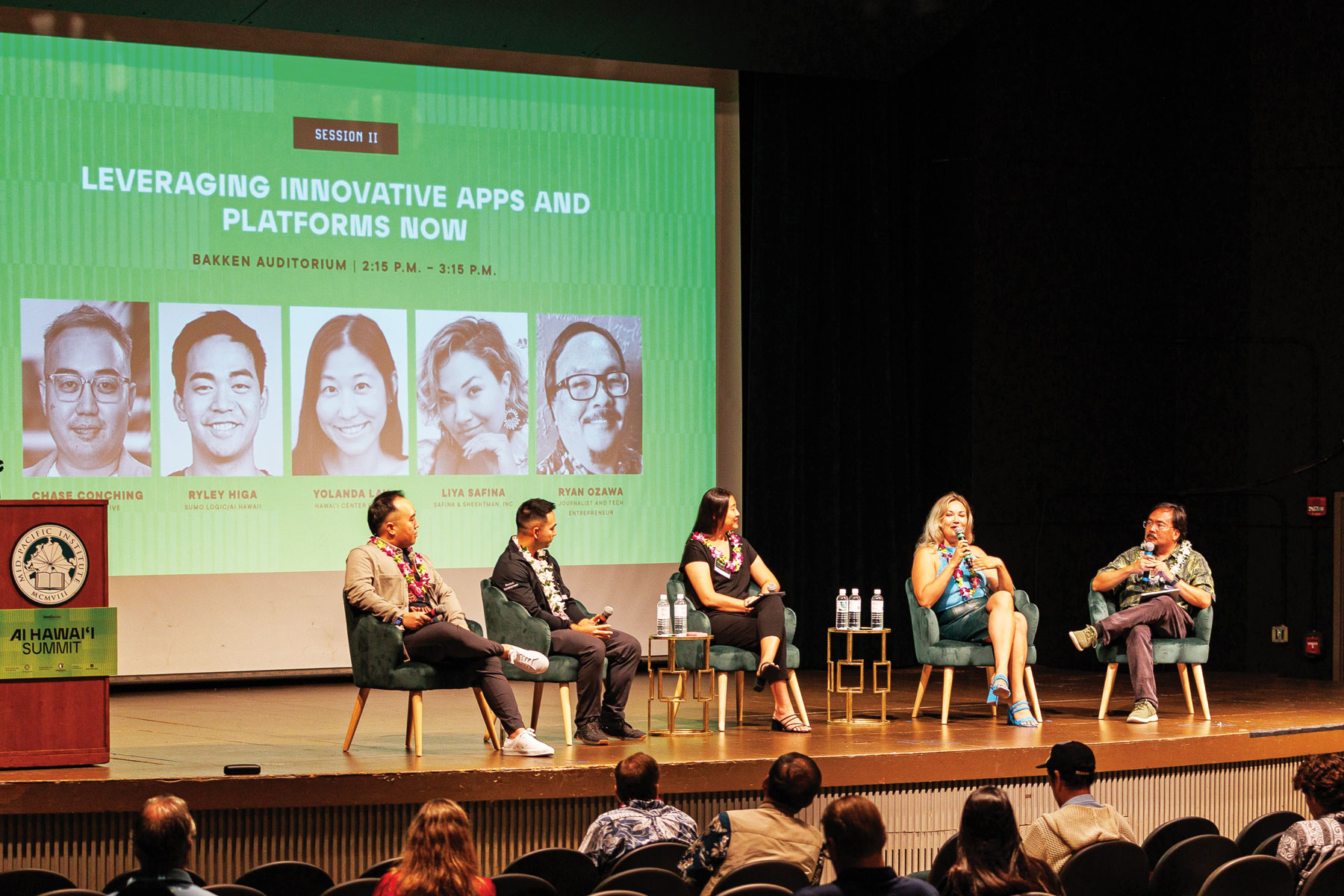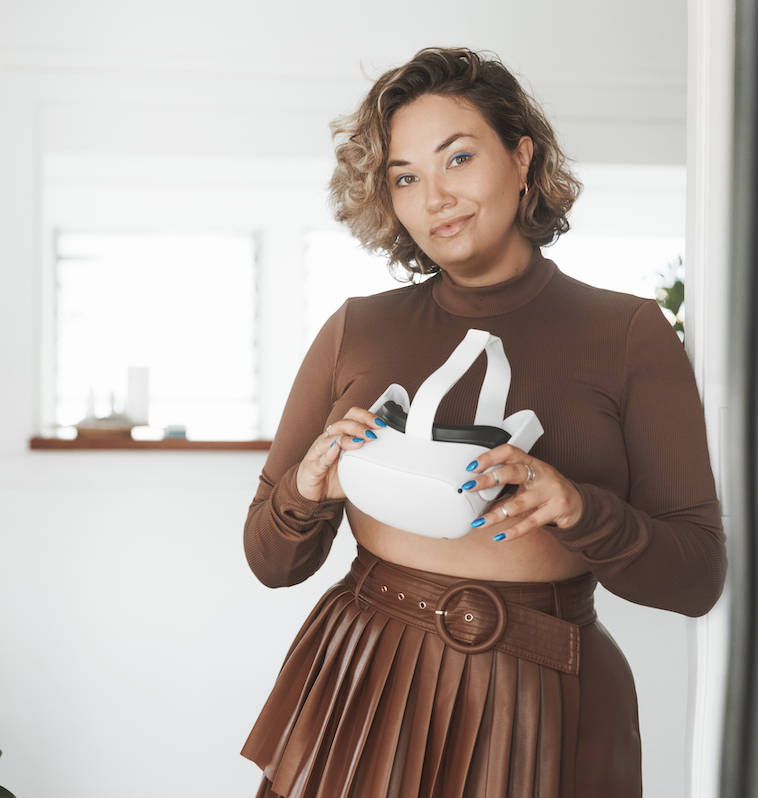We were lucky to catch up with Liya Safina recently and have shared our conversation below.
Alright, Liya thanks for taking the time to share your stories and insights with us today. Have you been able to earn a full-time living from your creative work? If so, can you walk us through your journey and how you made it happen? Was it like that from day one? If not, what were some of the major steps and milestones and do you think you could have sped up the process somehow knowing what you know now?
My situation wasn’t just about earning from creative work; it was about doing so as an immigrant while also assimilating into a new country.
This was almost 10 years ago when I moved to New York from Moscow, hoping to work in creative educational methodology and digital innovation. But reality hit hard. I spent over eight months applying for jobs, often making it to the final rounds of interviews—six, seven, eight rounds—only to lose out to someone from the U.S. My work was creative and innovative, but I couldn’t break through, and I got no feedback on why I wasn’t selected.
Breaking through took two key things. First, as an immigrant, I lacked recognizable local names in my portfolio. To fix that, I took local courses at General Assembly and then created a startup. I applied to a major accelerator in San Francisco, 500 Startups, and got accepted. Even though I had no money and couldn’t afford rent in San Francisco, I took the risk and went, and that risk-taking changed everything for me. So, my biggest takeaway is to diversify your efforts, take risks, and network.
Second, as a creative understanding the inner workings of the field was crucial. For creatives trying to break into a particular field, my advice is to understand who’s successful and why. Who do they know? Where do they go? Which conferences and events do they attend? What do they read? Really dig into the mechanics of your specific industry, be patient and you’ll get there. I believe the disproportionate reason that most people will not win is actually not the hard work, it’s their lack of patience. If you find something you love to do and you want it to be your life, how can you possibly give up? Patience is a lost art.

Great, appreciate you sharing that with us. Before we ask you to share more of your insights, can you take a moment to introduce yourself and how you got to where you are today to our readers.
Born and raised in Belarus, I lived and learned in New York and now call Hawaiʻi home. I’ve experienced everything from bootstrapping a business as an immigrant woman in Silicon Valley (while struggling to afford rent in San Francisco) to establishing digital products for Toyota’s new autonomous city in Japan (all while relocating across states during the pandemic).
With over a decade of experience in various facets of digital innovation—from e-commerce to virtual reality and beyond—my journey has been all about tackling user experience challenges in uncharted territories, all while navigating my own cultural assimilation journey.
People are often surprised to learn that my first education was in architecture. I applied that knowledge at a large firm in Minsk, working on projects like waterparks, embassies, and amphitheaters, which demanded a lot of responsibility early on. This experience fundamentally shaped my approach to digital products, teaching me to embrace high-stakes situations and make quick decisions—a trait that has served me well throughout my career.
Transitioning from architecture to teaching, I was invited to develop a methodology for a massive open online course (MOOC) on urban studies. This was a turning point where I fell in love with user experience and interaction design, realizing the digital world’s vast possibilities.
Currently I’m working on innovating projects with Google’s AR/VR team, as well as serving as an Executive Creative Advisor with Verbal+Visual.
My vision is to build a future where technology serves human needs, instead of humans serving revenue models. What this means practically, is that I will never build anything just as a marketing stunt without a purpose, no matter how much money is offered.
Here’s a problem we’re facing in innovation: while technology has brought significant benefits like increased connectivity and productivity, it also poses severe risks, including the erosion of privacy, democratic functioning, and mental health.
To mitigate these harms, I aim to critically assess technology’s impact and involve diverse stakeholders in creating more humane, sustainable digital products. Creating such an ecosystem requires changing business models and cultural norms to prioritize people over profits. And to be honest, everyone can help by using their influence to support technology that benefits humanity.

What’s worked well for you in terms of a source for new clients?
This requires a bit of context. I think it was very serendipitous, but one day many years ago, I found myself on a gaming subreddit reading about “cheat codes to life”:
“Follow your highest excitement. To the best of your ability. At every moment. With no expectation. Or insistence on an outcome.”
This resonated strongly, and I’ve been following this advice from an anonymous lurker ever since. I spoke about my passions at conferences, created an innovation newsletter, started diligently posting on LinkedIn, and even organized events. This approach led me to grow my career as a freelance solopreneur for over eight years, attract major clients like Google, Nike, Alibaba and Toyota (without ever reaching out to them), and find joy in my work every day.

Can you tell us about a time you’ve had to pivot?
This might be a bit of a controversial take on the field of innovation, but here it goes: Remember the blockchain/NFT/Web3 craze of the last few years? I miss that energy.
I was so passionate about the field that I quit taking on any non-blockchain-related projects to fully focus on it. I started educating and warning people about some of the token scams, explaining the mechanics of the technology to agencies, and I invested in a few DAOs. But my goal wasn’t to make money—I believed in the disruptive potential of the technology.
For a brief moment, it emerged from the depths of hackathons and white papers, only to be ruthlessly crushed by the greed of NFT grifters. And who could forget FTX?
I miss the “bring it on” attitude of DAOs (by the way, I STILL own land in Wyoming via my CityDAO token). I miss the inspiration that decentralization brought. I miss the boundless mindset behind wallet-based experience personalization.
Eventually, I had to pivot—I had no choice because the field became almost taboo. But I truly believe that blockchain never went away; it just receded back into the depths of nerd communities. It will emerge again when it’s used to build a truly disruptive product. Mark my words.
Contact Info:
- Website: https://www.liyasafina.com/
- Instagram: @imuzza
- Linkedin: https://www.linkedin.com/in/liyasafina/



Image Credits
Aaron Yoshino


